In a groundbreaking shift for the Drone Industry, researchers in Beijing have developed a robotic arm that outpaces human master technicians, transforming a military drone production line with unprecedented precision. A study published by the China Academy of Space Technology (CAST), a subsidiary of China Aerospace Science and Technology Corporation, highlights how this innovation drills holes twice as fast as humans with zero quality rejects, setting a new standard for drone assembly. The research, detailed in a South China Morning Post article, underscores a technological leap that could reshape global drone manufacturing.
Precision Redefined with Advanced Robotics
The robotic arm, built by Chinese manufacturing giant Midea, which now owns the former German brand Kuka, achieves a drilling accuracy that exceeds military requirements. The system maintains a deviation of less than 0.48 degrees or 0.04 inches (0.1 millimeters), surpassing the previous standard of 0.5 degrees or 0.08 inches (0.2 millimeters). This precision stems from a parallel end-effector capable of micro-level adjustments, paired with real-time sensors that mimic human touch by adjusting pressure for perfect vertical holes and countersinks.
“The researchers chose a heavy, strong robotic arm that can handle coarse movements made by Kuka, once a German brand that is now owned by Chinese manufacturing giant Midea. The arm’s parallel end-effector can fine-tune micron-level adjustments, they said,” the study notes.
This advancement ensures consistent quality in positional accuracy, dimensional tolerances, contour fidelity, and surface finish—critical factors for drone stealth and aerodynamic performance.
Technological Breakthroughs in Drone Production
The team’s innovation includes a breakthrough in surface sensing, using three laser beams to scan curved surfaces while floating probes measure deformation to control depth. They also created a digital twin—a virtual replica of the workstation—to simulate weak-material reactions before drilling, optimizing the process. This automated system completed a drone fuselage with rivets fitting perfectly, outperforming the military’s 0.5-degree/0.08-inch requirement. CAST, known for producing the Rainbow series of military drones sold to numerous Countries, drives this progress. The team reportedly made a significant advancement in surface sensing, employing three laser beams to scan curved surfaces and using floating probes to measure deformation for depth control. This technology could accelerate production timelines and reduce costs, potentially lowering the price of military drones like the PL-15 missiles, which Pakistan claims to have used against Indian fighter jets.
Industry Trends and Economic Impact
The SCMP explains that, China’s weapons factories are undergoing a rapid transformation, with automated lines challenging the “Made in China” stereotype of sweatshops and stolen intellectual property. Instead, cold, smart machines now dominate, promising faster, cheaper, and flawless output. This shift aligns with global military trends toward unmanned and intelligent operations, as noted by CAST researcher Le Yi and his team in a peer-reviewed paper in the journal Manufacturing Technology & Machine Tool.
“Military drones, by leveraging information-based and smart technologies to conduct aerospace operations, have become an integral component of ‘new domains and qualitative advantages’ in combat capabilities,” they wrote.
For drone professionals, this could mean increased competition from cost-efficient Chinese models, while recreational pilots might see advanced technology trickle down to civilian markets. Economically, the reduced margin of error (0.04-0.1 millimeters) and doubled speed could save millions in production costs, though it may displace skilled workers, prompting regulatory scrutiny on automation’s societal impact.
Implications for Drone Enthusiasts and Professionals
This robotic revolution signals a future where precision and efficiency define drone manufacturing. Drone professionals should prepare for a market flooded with Chinese-made high-quality, affordable drones made with military-grade precision, while enthusiasts might anticipate enhanced features in consumer models. As China pushes this technology, global manufacturers may need to adapt or collaborate to stay competitive. The study’s success suggests a new era of automation, with CAST’s innovations potentially setting the pace for the industry worldwide.
DroneXL’s Take
Reflecting on the drone industry’s evolution, it’s worth considering if this level of automation isn’t already the norm. A few years ago, DroneXL showcased a video of the DJI Mavic 2 Pro and Zoom production line, where the process was largely automated, with drones autonomously moving between stations and completing various tests—impressive for a consumer model two generations back. If that semi-automated, robotic setup was standard then, we can only wonder how the latest Mavic 4 Pro is being crafted today, especially with AI and robotics advancing rapidly. The future of drone production looks poised for even greater innovation. Meanwhile, it’s hard to imagine U.S. Blue sUAS manufacturers matching this pace, though Elon Musk’s Tesla Model 3 and Y lines might be the closest domestic parallel in terms of automated manufacturing prowess.
Photos courtesy of SCMP.
Discover more from DroneXL.co
Subscribe to get the latest posts sent to your email.


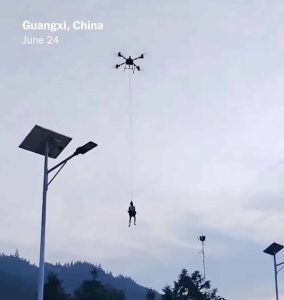
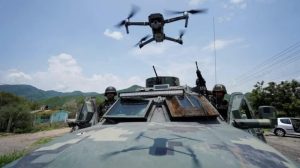

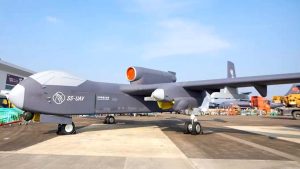
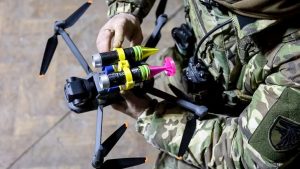
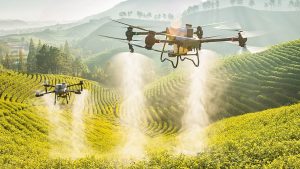
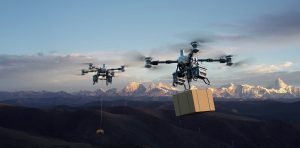
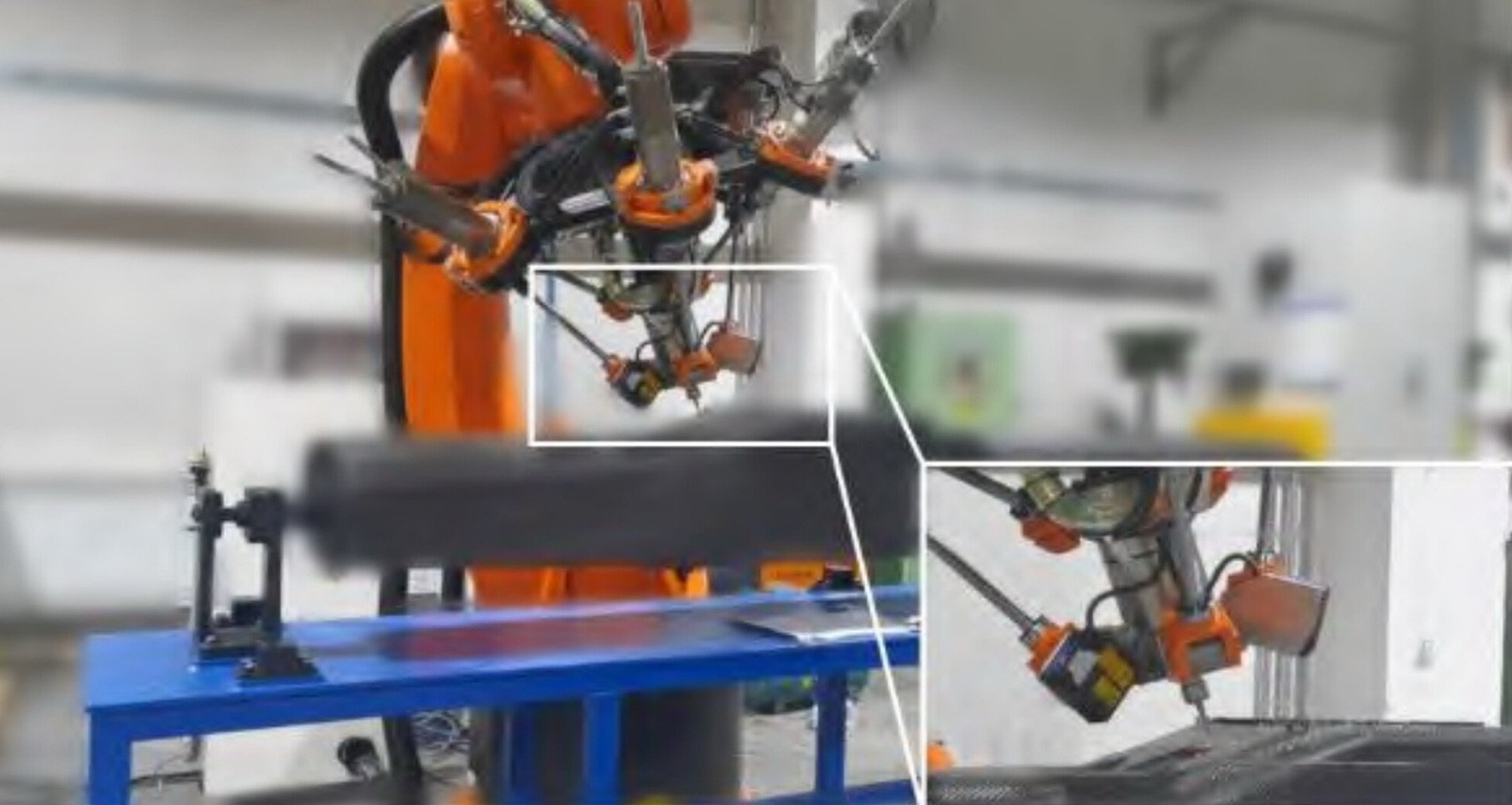



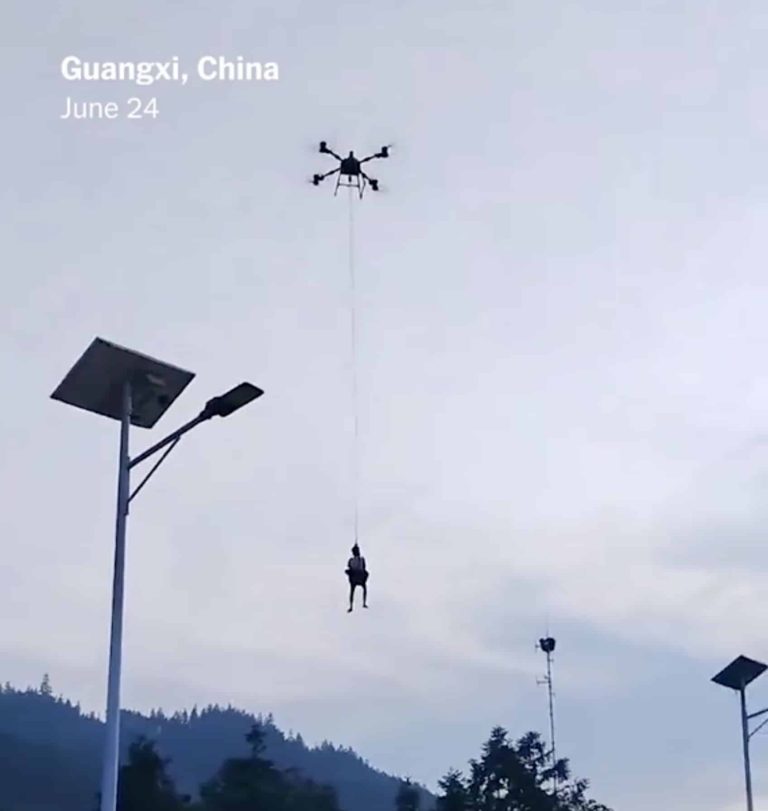
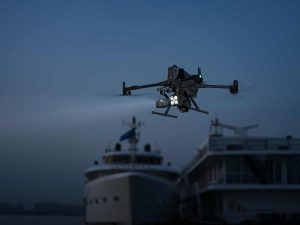
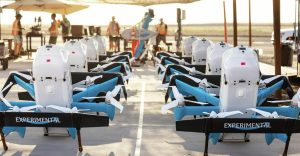
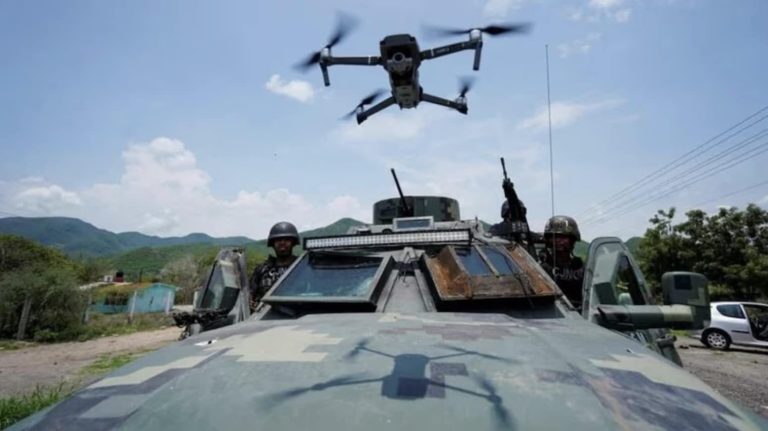

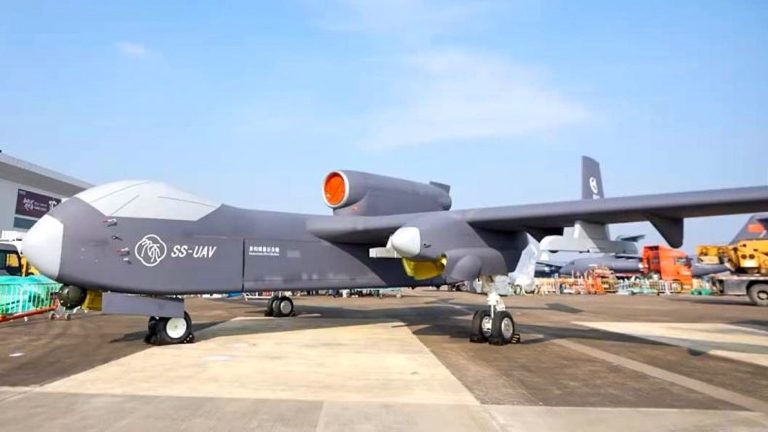

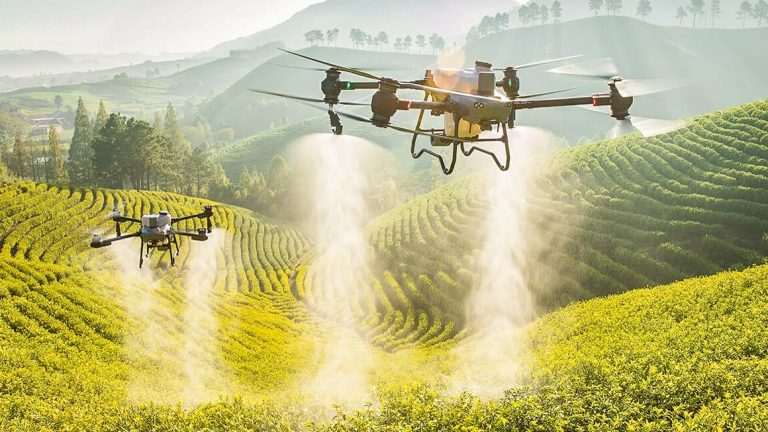
+ There are no comments
Add yours